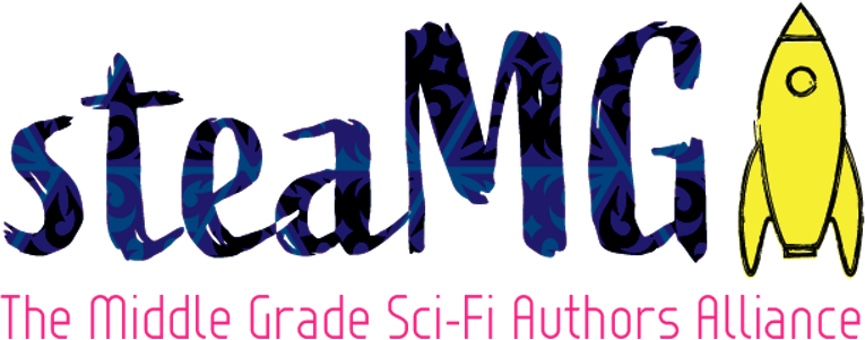There are a million ways to write speculative fiction. It’s one of the reasons I love the genre so very much. Possibility is infinite. Potential is limitless.
Personally, rather than looking beyond our world for inspiration, I prefer to narrow my focus; to peer even more closely at our own world. For me, nature is magic. I’ve always been an outdoorsy person. I’ve always preferred groves of trees to clumps of buildings; the sound of moving water to the happy buzz of conversation in a coffee shop; the tapestry of color roving up the side of a mountain to anything you might see hanging on a wall.
So when it came time to create seven worlds and a magic system for each, I looked for inspiration in Earth’s wilderness.
Read moreReleasing Oct. 1, here’s the first look at the cover for A WAY BETWEEN THE WORLDS, the dramatic conclusion to the Lighthouse Keepers duology.
Read morePlease join me in welcoming new steaMG member Aimee Lucido.
When people find out that I’m a writer and a software engineer, I usually get one of two reactions. People either respond with something along the lines of “Coding and writing? They’re so different!” or “Girls in STEM is so trendy right now. You should write about it!” Both of these reactions used to drive me nuts.
Read moreThere’s magic in my first middle grade novel, a portal fantasy called Riverland, too… lots of different kinds: real magic, made-up magic, and glass magic.
Wait, hold up, you say. Glass isn’t magic.
It kind of is. But it’s the science kind of magic.
I’m not talking about witch balls -- which are in the book -- the fishing floats that some people think can help trap angry spirits. I’m talking about real glass, which has transitional properties through the magic of thermodynamics.
I loved writing about this for Riverland. Some of my favorite moments in the book are passages where my main character Eleanor’s science project research on glass crosses over to work in the magic dream world.
Read more


![SeventhGrade_vsGalaxy [Cover Image]-1.jpg](https://images.squarespace-cdn.com/content/v1/5c2e50647e3c3a50ae986252/1551801448186-PLE76OU95PH8Y2XZY3DN/SeventhGrade_vsGalaxy+%5BCover+Image%5D-1.jpg)